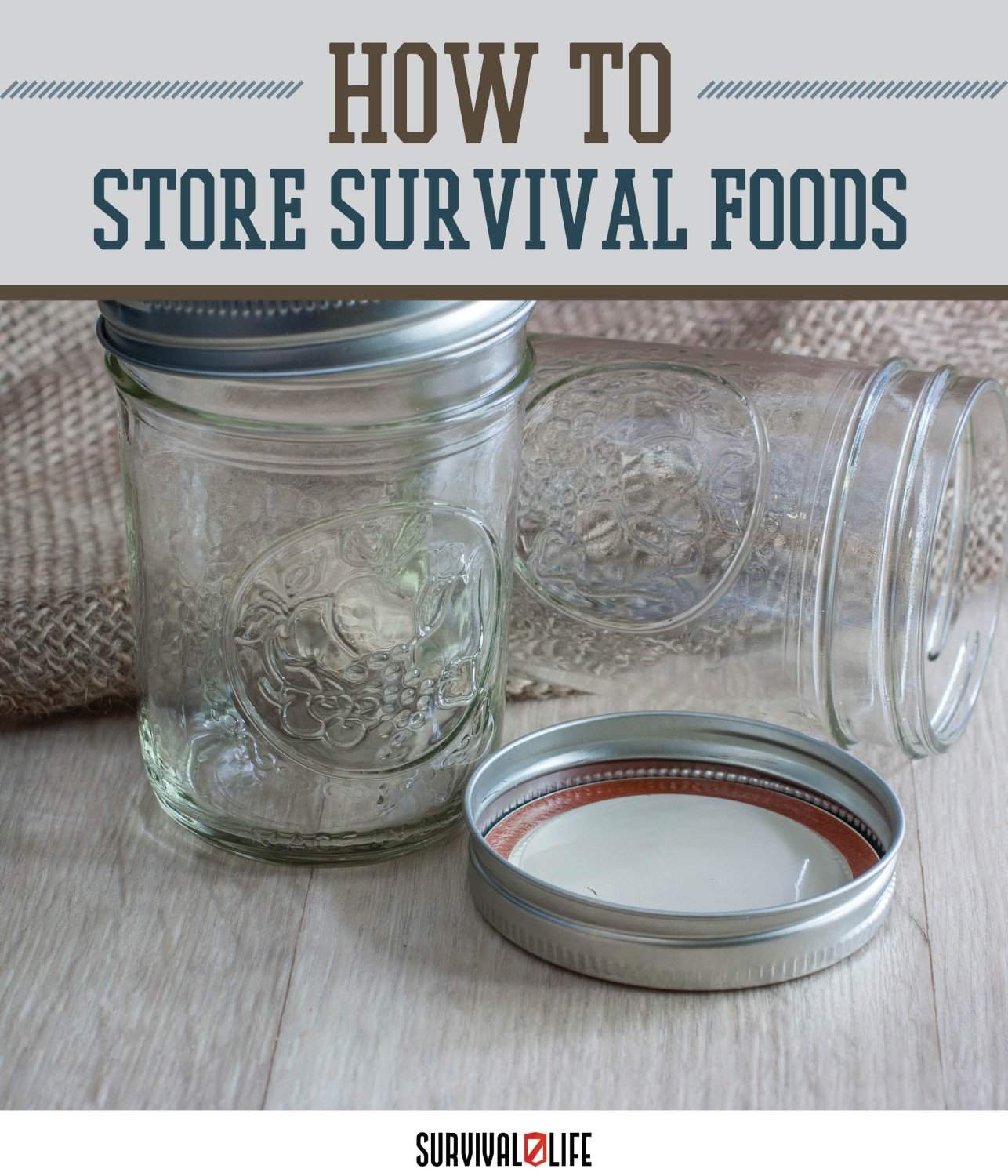Most people live normal lives, expecting little change, and preparing for even less, not expecting the food to run out. However, disasters do happen, and store shelves are often cleared in short order.
Little do most know, however, that there are weeds you can eat, and they are often found right in or around the average backyard.
Many of the weeds you can eat can be found right in your yard, around your driveway, beside roads, etc. We'll be talking about 5 common weeds that are edible in this article.
However, please keep in mind that you will need to be able to positively identify any wild plants before consumption, as there are, in some cases, wild plants that may resemble or be very similar to the weeds we'll be covering but may be potentially dangerous to ingest.
Plant identification is beyond the scope of this article, so I encourage you to do your due diligence and research before consuming any wild plants or fruits.
There are many field guides for plant identification that are complete with color photos and descriptions of identifying characteristics for weeds you can eat.
The information in this article is intended to be for educational purposes only to bring the idea of the option to forage to your attention for further research. With that out of the way, let's take a look at 5 common weeds you can eat.
RELATED: 20 Edible Wild Plants You Can Forage For Survival
5 Common Weeds You Can Eat For Emergency Nourishment
Dandelion
Dandelions are a lawn buff's arch-nemesis. However, these “nuisance” plants are, in fact, edible. The leaves, which are rich in vitamin A, can be cooked similarly to collard or mustard greens.
The roots of dandelions are somewhat similar to a carrot in appearance, and they can be low-temperature baked to dry them, grind them, and then percolated to make a beverage similar to coffee or tea.
Clover
The second of our weeds you can eat is one that is almost as common in yards as dandelion, and it is clover. Clover will need to be boiled for around 10 minutes in order to make the leaves and flowers easier to digest, however it is a good source of protein.
With a hand mill, you can also grind the dried flower heads and seeds to make flour that is probably much more healthy than the bleached white flour we typically use.
Wild Lettuce
Wild lettuce is actually a plant that a friend of mine and I mistakenly called “milk weed” as children due to the milky white sap that leaks upon breaking the stems of these plants.
The leaves of wild lettuce, which is a tall and leafy plant, look similar to the leaves of dandelions. The young leaves of these weeds you can eat. Similar to clover, you'll want to boil these for around 5 minutes.
Remove and replace the water, and boil for another 5 minutes. If the leaves are still too bitter, they can be mixed with other types of greens to reduce the bitterness.
Wild Onion
I remember one of the houses that we lived in when I was a child had a backyard that was full of almost evenly spaced wild onion tops sprouting out everywhere during the spring and summer.
And, of course, I never knew they were edible then, but yes, they are weeds you can eat. The leaves can be chopped and added to salads or cooked dishes. The onion bulb can be pulled or dug out of the ground and used similarly to store-bought onions for seasoning dishes.
Thistle

Though not likely right in your backyard, thistle is another of the weeds you can eat that can be found where your yard meets a field or on nearby roadsides.
The new or young leaves can be eaten once the spines are removed whether in salads or cooked similar to collard or mustard greens. Thistle is a biennial plant that, in its first year, has no stem.
In this first year of growth, the roots can be eaten either raw or cooked. Early stems of the plant in its second year can be eaten raw or cooked after peeling the outer skin.
We've lived in a society that has relied on cultivated plants and fruits to fill our plates for generations. However, long ago, foraging for food was much more common than it is today.
Fortunately, in times of need, you can also forage, when necessary, and take advantage of the many edible plants that we commonly think of as weeds right in our yards in order to survive trying times and avoid food lines.




















You must be logged in to post a comment Login